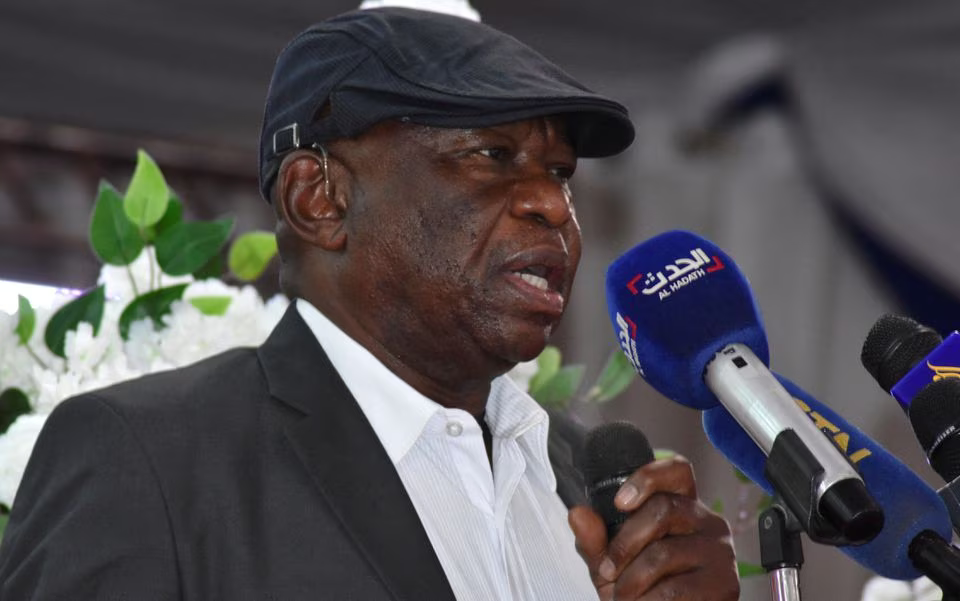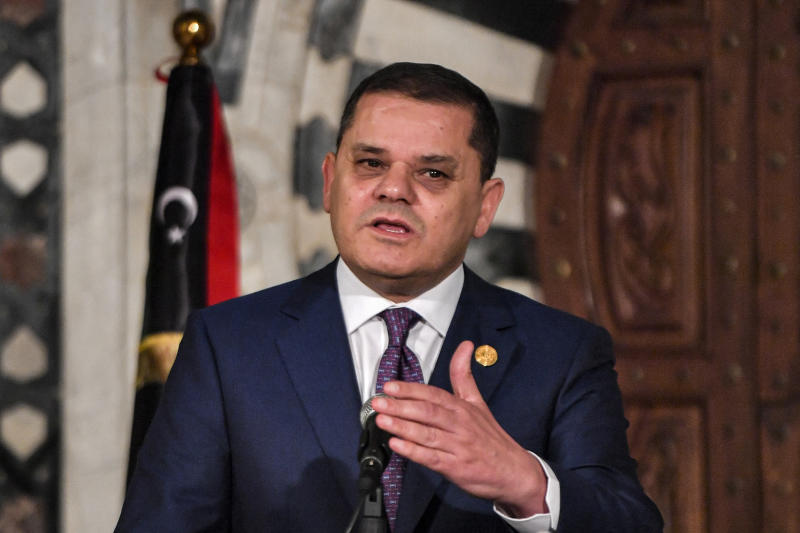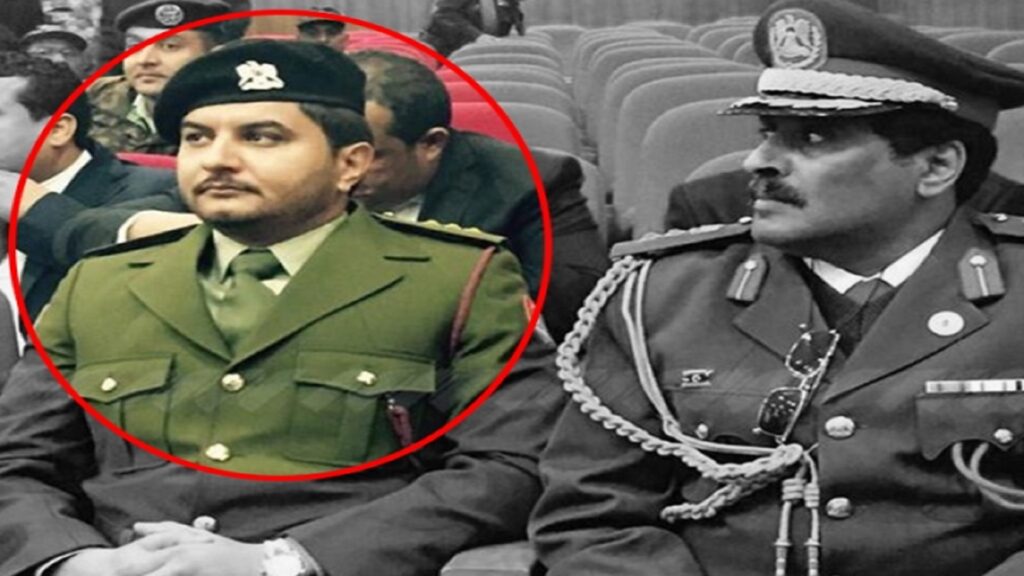UN agency joins US in suspending food aid to Ethiopia after diversions
The United Nations World Food Programme (WFP) said on Friday it was suspending food aid in Ethiopia due to the widespread theft of donations, a day after the United States announced it was doing the same.
More than 20 million people need food assistance in Africa’s second most populous nation, largely due to the Horn of Africa’s worst drought in decades and a two-year conflict in northern Ethiopia that left tens of thousands dead.






